Innovating to protect biodiversity and prevent future pandemics
Developing tools and innovations for diverse geographical contexts
Developing tools and innovations for diverse geographical contexts
Our activities take place across three tropical biodiversity hotspots
with different environmental and socio-cultural settings
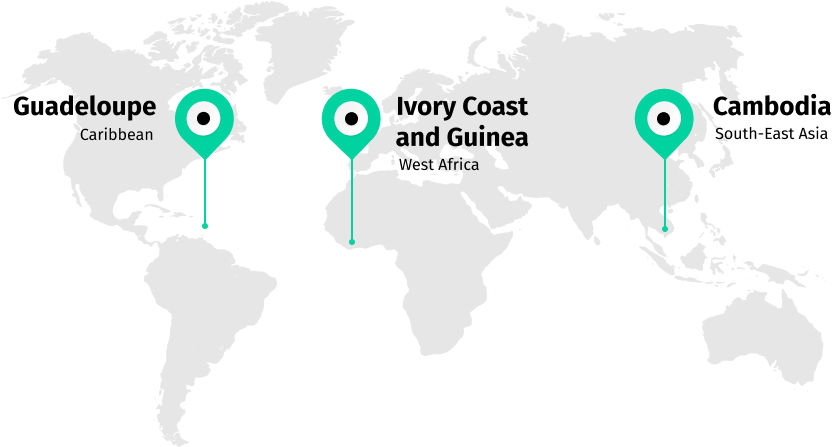
01
02
03
04
BCOMING counts with partners based across four continents and who are experts in biomedical, environmental and social sciences.
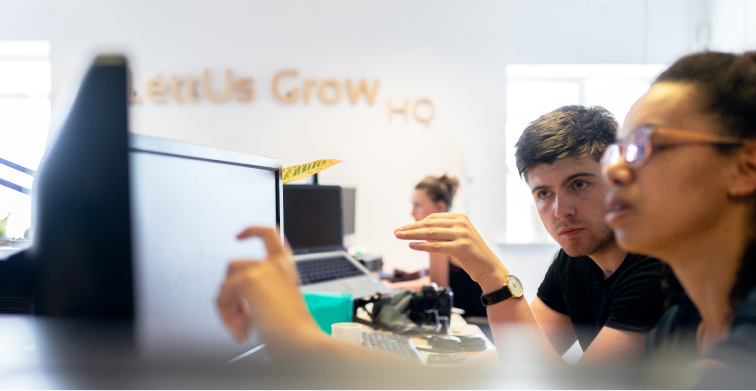
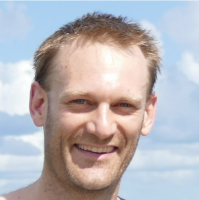
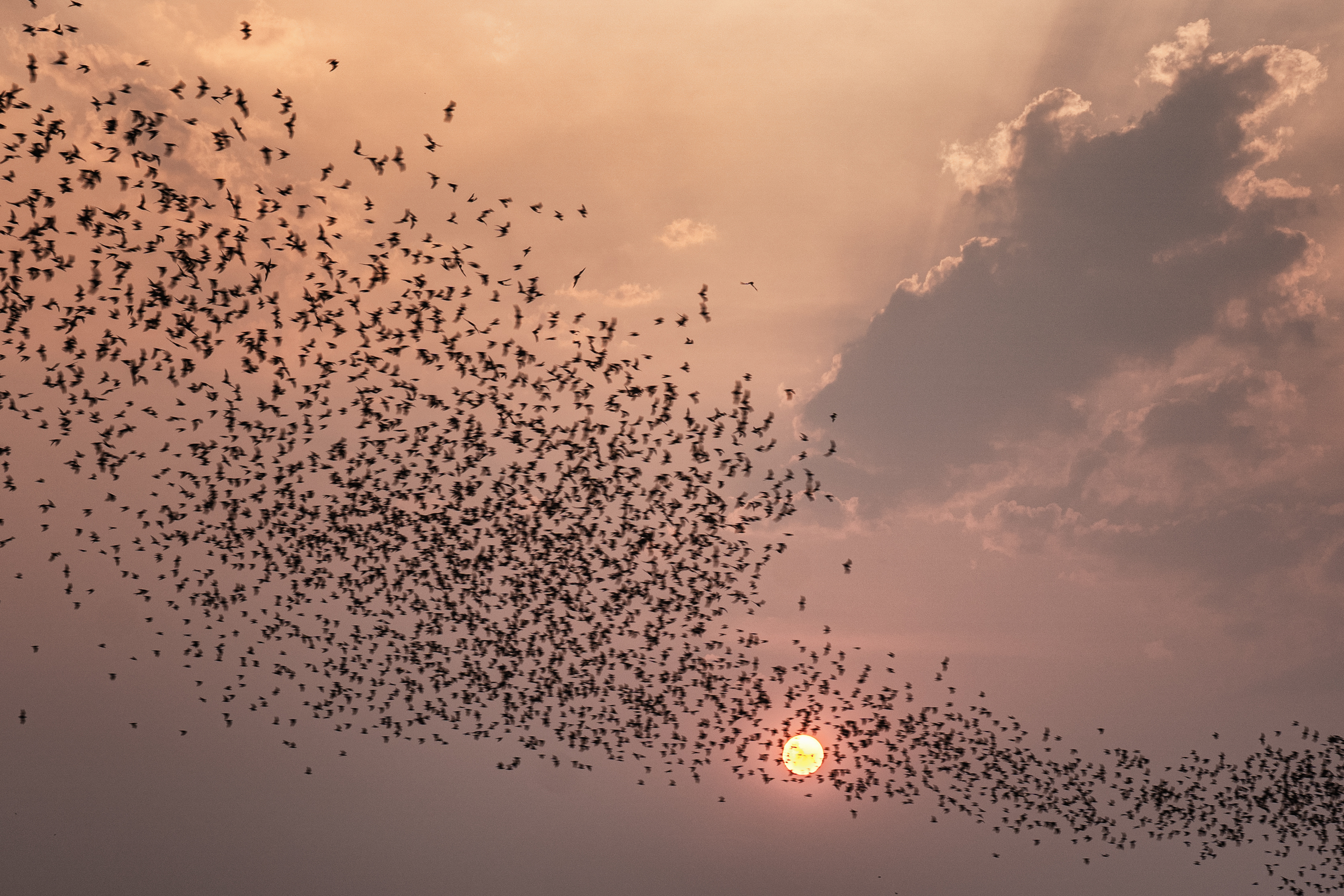
Conservation in Cambodia and Guinea with Fauna & Flora
A few months ago, we had the opportunity to meet with Sothearen Thi, Karst Biodiversity Coordinator, and Manita Hem, Communications Officer, representing Flora & Fauna, one of the key partners in the BCOMING project in charge pf piloting biodiversity conservation strategies in some of our biodiversity hotspots. Today, we wanted to share with you some of the insights they shared with us during our discussion.
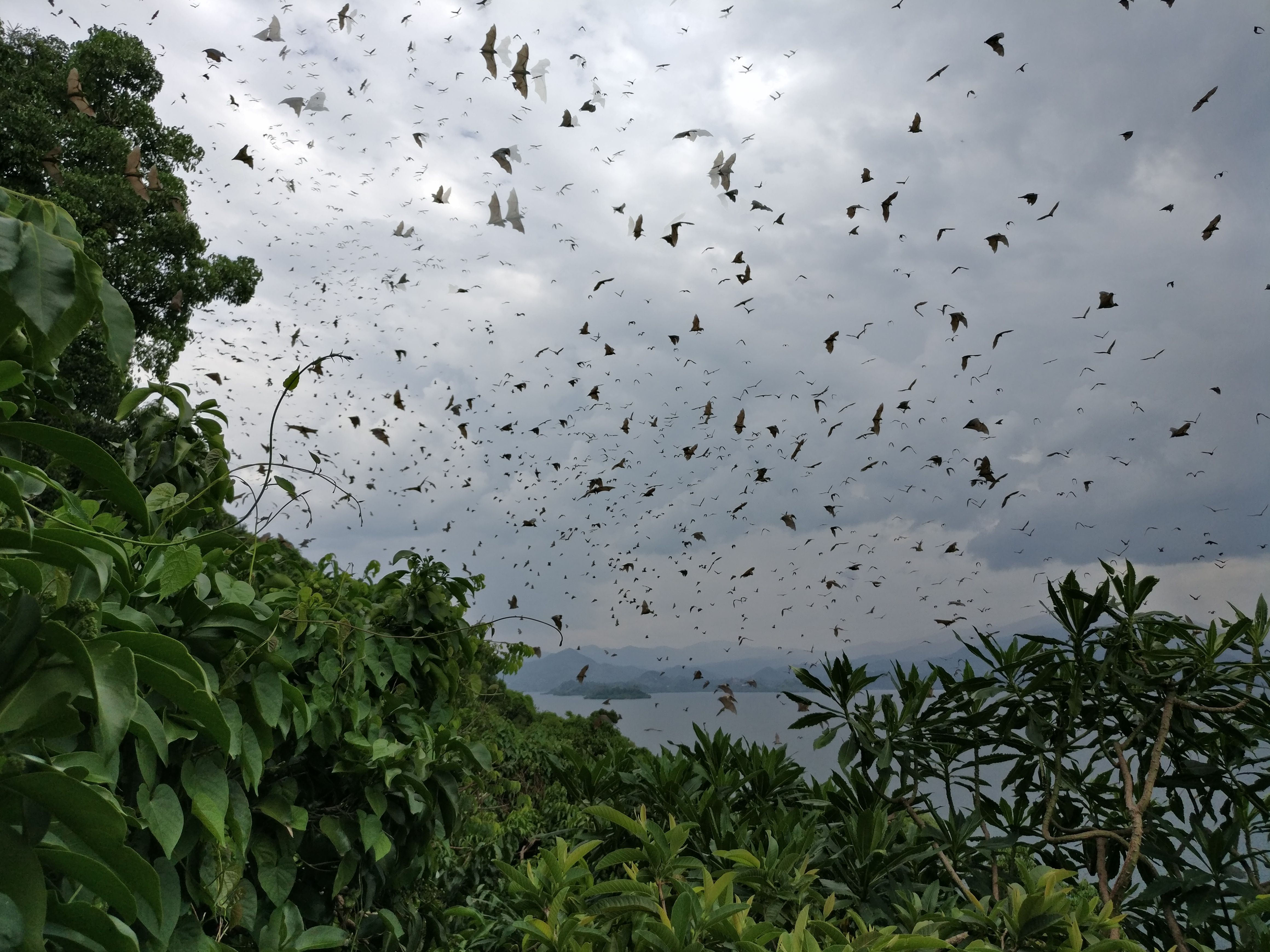
Strengthening Disease Surveillance in Guinea: Insights from Dr. Djiba KABA
In Guinea, a country with rich biodiversity and frequent human-wildlife interactions, understanding zoonotic disease emergence is crucial for pandemic preparedness. BCOMING has been actively involved in disease surveillance, and Dr. Djiba KABA from the Centre de Recherche et de Formation en Infectiologie de Guinée (CERFIG) has played a crucial role in coordinating these efforts. In this interview, he shares insights into fieldwork, community engagement, and scientific advancements in zoonotic disease research.
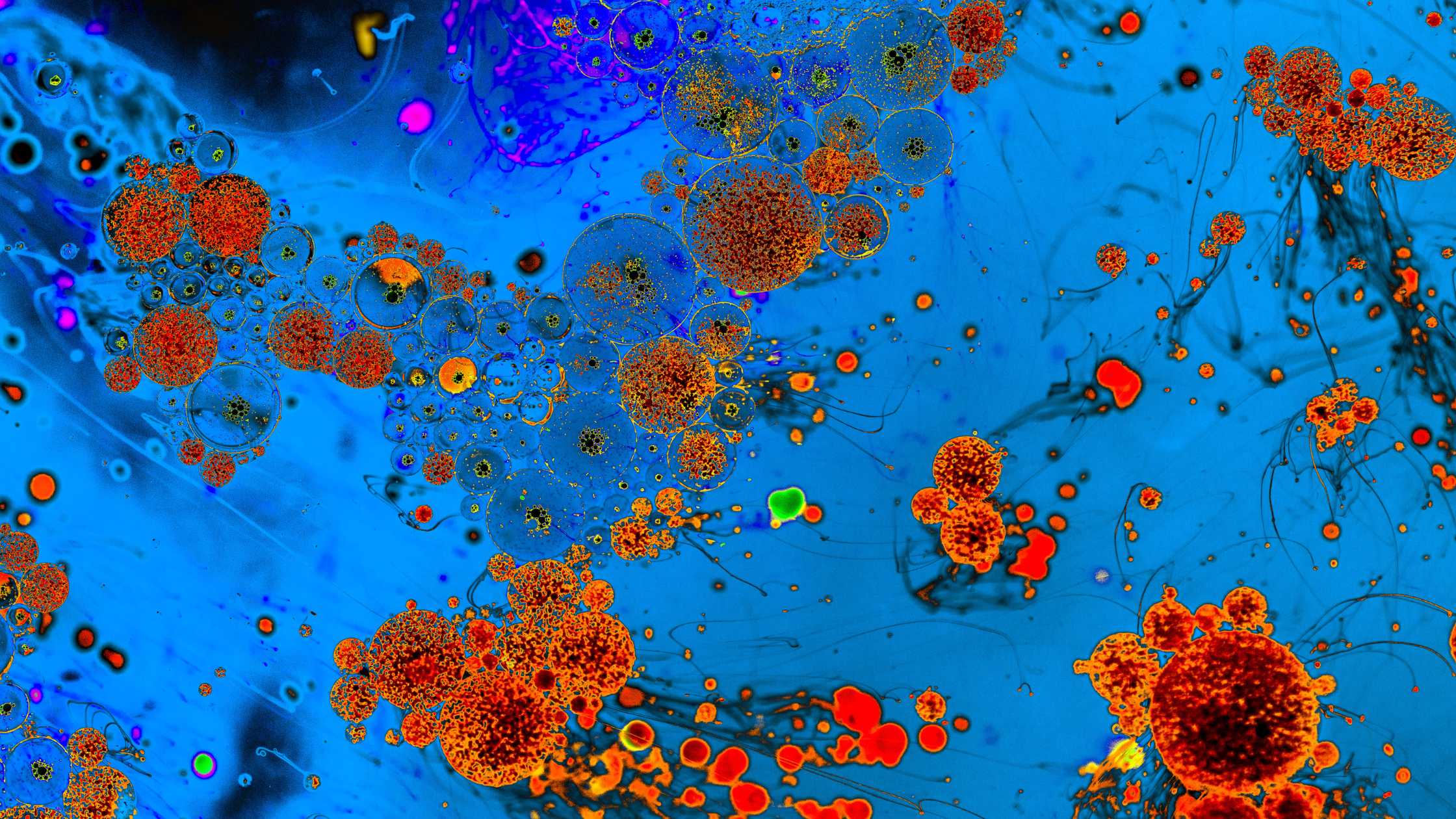
Exploring the Microbiome: Insights into Biodiversity and Disease with Université de Liège
In today's interview, we speak with Pauline Van Leeuwen, a postdoctoral researcher at the University of Liège, about her work on microbiome profiling within BCOMING. Pauline’s research focuses on understanding how microbial communities in wildlife, particularly bats and rodents, influence disease emergence. She shares insights into her analysis of microbiome diversity, the significance of studying Rhinolophus bats, and the potential implications of her findings for biodiversity, public health, and environmental policies. Join us as we explore the critical role of microbiomes in shaping disease dynamics.